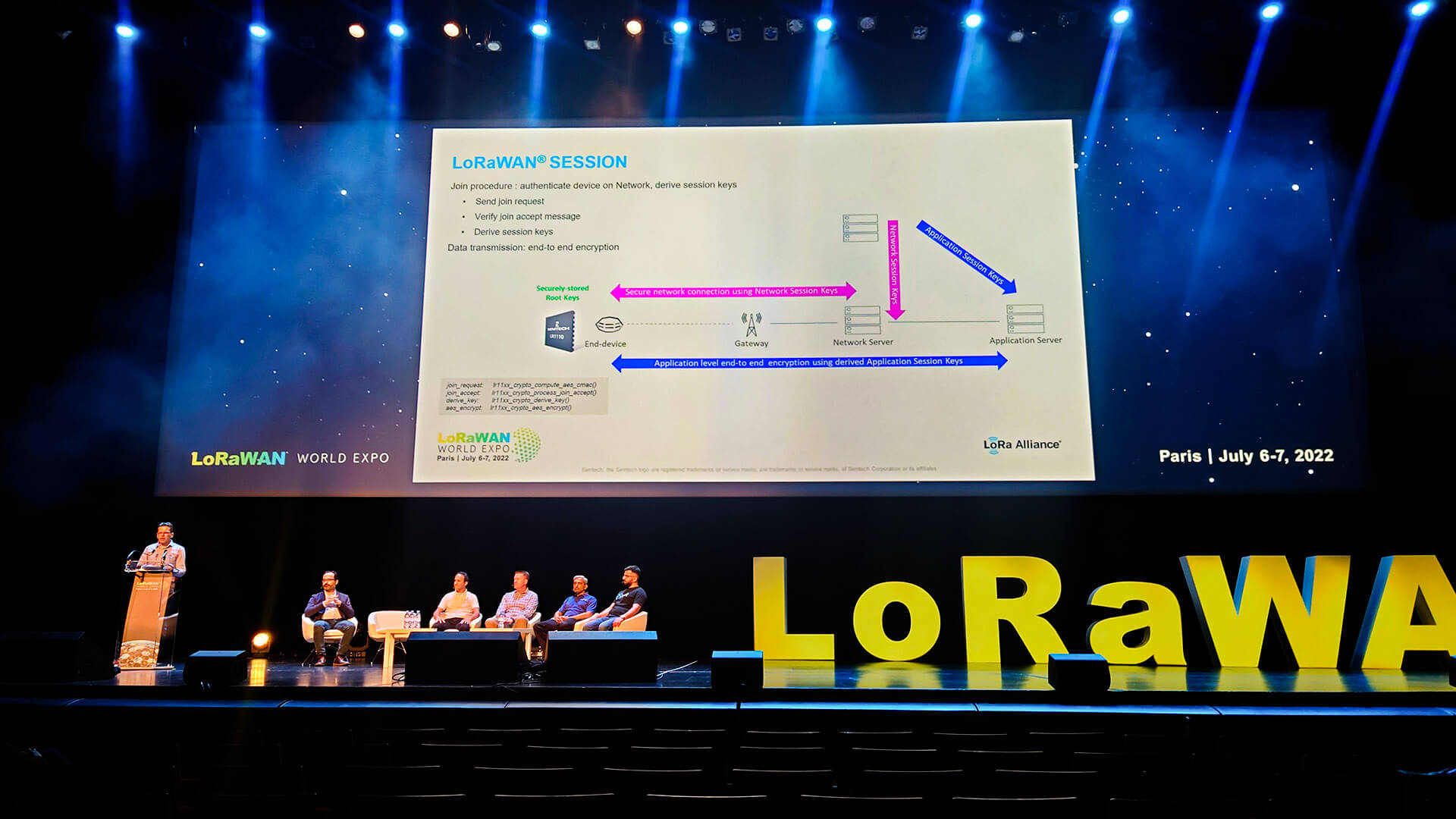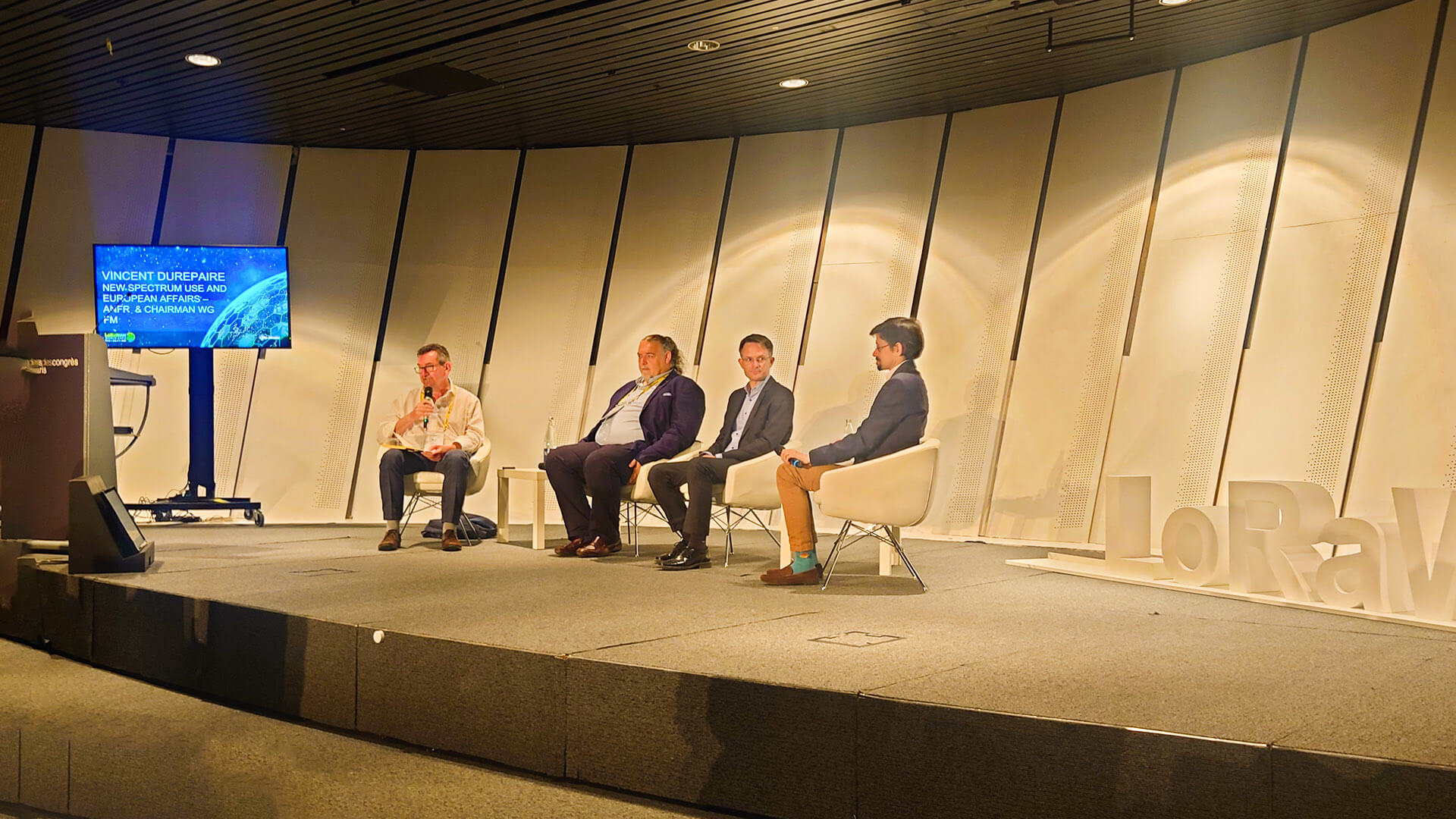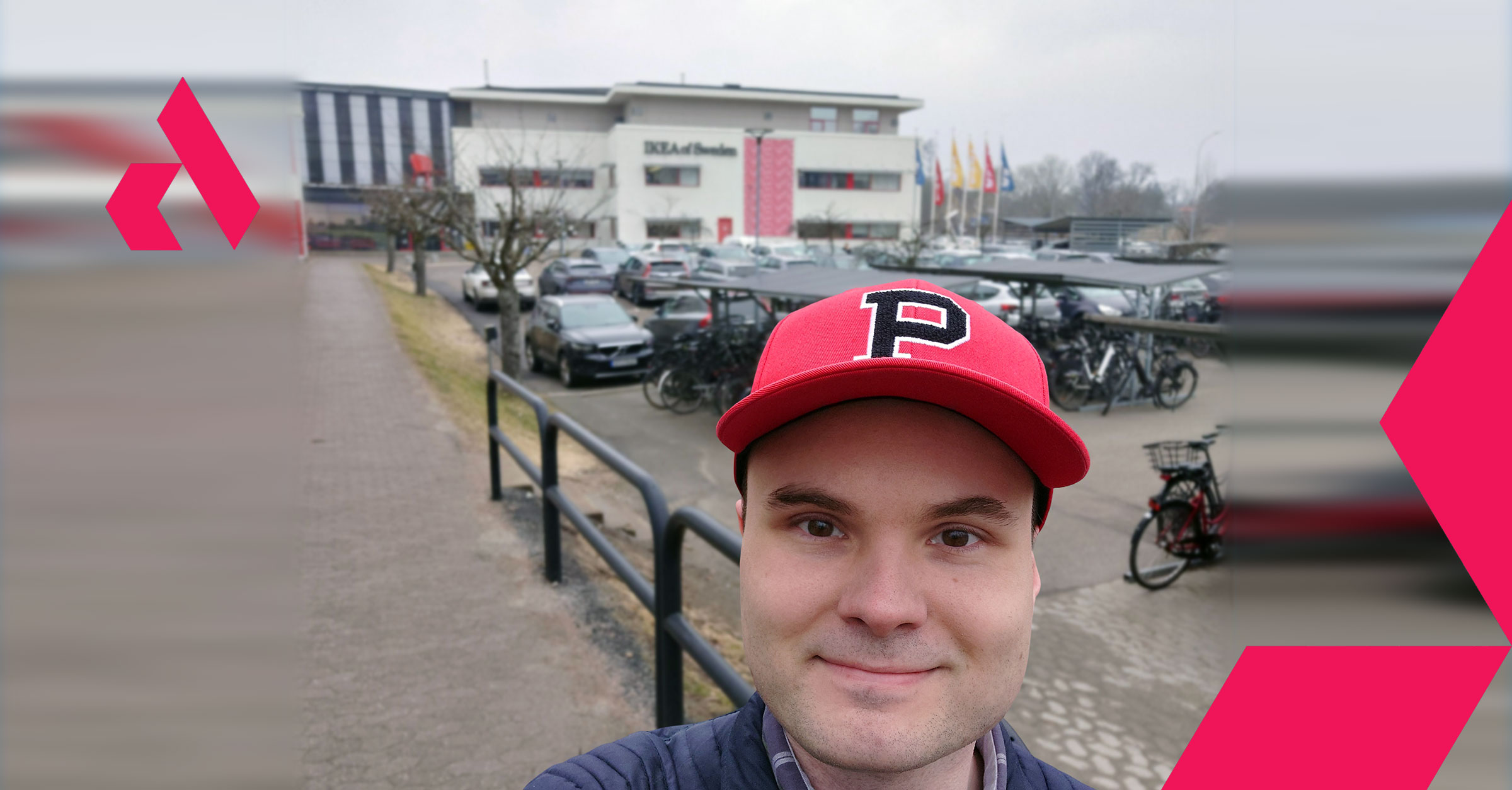Axelsson Consulting at the LoRaWAN World Expo in Paris
Key insights:
- Low frequency networks like LoRaWAN are a key enabler in making virtually everything connected, bringing to life smart manufacturing, smart agriculture, smart cities and more.
- The LoRaWAN market is set to explode and is estimated to be worth $6.2 billion by 2026, with 27 billion connected IoT devices by 2025.
- While there are plenty of capable hardware solutions, and the LoRaWAN device market is well supplied, IoT software expertise for end-to-end solutions is lacking
- Axelsson Consulting provides the cloud-based end-to-end IoT solutions companies need to integrate LoRaWAN in a resilient, efficient, and scalable way
In June, we had the pleasure of attending the LoRaWAN World Expo in Paris. There we got a first-hand glimpse of the developments shaping the future of communication via the long-range wide area network (LoRaWAN) protocol. We saw how companies are leveraging LoRaWAN to realize their digital ambitions, where the industry is going, and opportunities for innovation. Moving forward, these insights will help us get our client companies ahead of the curve when it comes to integrating low-frequency network protocols like LoRaWAN into their digital transformation.
LoRaWAN is about to break out
The future will only be more connected, that much is clear. For many companies, less clear is how they can be at the forefront of this connected future brought, in part, by communication networks like LoRaWAN. After all, the potential of such networks, with their long range and low power consumption, is just beginning to unfold. Regulation and standardization are still in their infancy. Some applications remain too experimental, and the market too fragmented. And while a general authorization of use has been around for a while, regulation – as well as technological sophistication – is still lagging for some LoRaWAN applications, including use in space.
But such an environment is also ripe for innovation. Adoption has been swift. Several regulators speaking at the expo remarked that the uptake of LoRaWAN has been much quicker than anyone imagined compared, for example, to 4G IoT. According to industry experts, the LoRa and LoRaWAN device market is anticipated to grow at a CAGR of 36.5% from 2021-2026 and reach $6.2 billion in 2026. By 2025, there will be approximately 27 billion connected IoT devices.
Having attended the LoRaWAN World Expo in Paris this summer with the team, it feels more clear than ever that there are certainly many more use cases out there to be fulfilled and there many more analogue properties that can still to be measured and digitized, data which I think is and will be one of the keys in unlocking a sustainable future as well as new value creation.
“Having attended the LoRaWAN World Expo in Paris this summer with the team, it feels clearer than ever that there are certainly many more use cases out there to be fulfilled and there many more analogue properties that can still to be measured and digitized, data which I think is and will be one of the keys in unlocking a sustainable future as well as new value creation.
– Kristoffer Axelsson, CEO and founder of Axelsson Consulting
It was also apparent that enterprise IoT is still relatively immature, surprisingly so even, and has some way to go before it can be considered infrastructure. However, recent developments as presented by European regulators to potentially open up the 433 MHz band for IoT in Europe as well as frequencies in the 868 MHz band are running out due to military use, could inadvertently help streamline deployments of global IoT use cases.”
Building a smarter, better world
So, what’s behind such lofty growth? It isn’t just that the world is getting more connected, but that it is getting connected smarter – especially when it comes to problem-solving. Long-range devices and networks such as LoRaWAN enable smart IoT applications to tackle some of the world’s most pressing challenges – cutting carbon emissions, optimizing supply chains, improving transport efficiency, managing energy, and predicting and preventing disasters. Progress on these goals requires a comprehensive understanding of our urban and industrial environments.
This is achieved via communication between LoRa-embedded sensors on objects like cars, buildings, roads, and even the devices we carry and use every day. With LoRaWAN, we have a cost-efficient, long-range, and long-lasting way for these sensors to exchange data and produce actionable insights in real-time. For example, we’ll be able to identify air and noise pollution hot spots in our cities and develop targeted solutions accordingly. On our roads, we’ll be able to direct cars to recently freed-up parking spaces and initiate longer green light phases to alleviate congestion. Everywhere from our homes to our power grids will be able to more efficiently use and distribute energy, while our farms can boost crop output by optimizing nutrient levels, soil irrigation, and fertilization.
Our competitive advantage
As far as technology goes, the IoT devices enabling LoRaWAN communication are relatively rudimentary. This is by design, to keep them energy efficient with low maintenance and a long lifespan, as well as for easy employment in any location. That said, communication between devices connected via LoRaWAN generates staggering amounts of data. To process this data in real-time, companies and governments will require cloud-based solutions capable of ingesting, processing, and storing messages at high volumes without blocking the ingestion pipeline. At the expo, we noticed many companies in the space are capable of developing LoRaWAN devices. Still missing are the type of end-to-end IoT solutions and services capable of helping clients extract more value from data, e.g. through real-time analysis and insights. Such data literacy will be a major competitive advantage as LoRaWAN goes mainstream.
“Several of the exhibitors are experienced and skilled in hardware design and implementation but not as experienced in software and cloud solutions. Providing competitive end-to-end solutions to their clients can thus be a challenge. We see several business opportunities in helping clients, as well as vendors, to deliver end-to-end solutions for their connected devices.”
– Kristoffer Axelsson, CEO and founder of Axelsson Consulting
LoRaWAN brought to life on the cloud
Here’s where we come in. Axelsson Consulting provides high-performance, scalable, and digital solutions leveraging the full benefits of the cloud. The cloud, with its hyper scalability and boundless big data capabilities, including storing huge amounts of data cheaper, is optimal for realizing the workload demanded by protocols like LoRaWAN.
Say you run a factory. Traditionally, you’d need to run manual checkups into the efficiency and health of your operations. Compare that to doing it the “smart” way – fully connected by LoRa devices, with real-time insights generated by your assets themselves. You’ll spend much less time and money on labour and be able to predict in advance when to fix, upgrade, or replace parts or processes. Meanwhile, a cloud-based architecture optimized to your needs extracts the most possible value from the LoRaWAN communication between your devices.
Utilizing Microsoft Azure, we have a demonstrated track record of success in helping companies make the leap from offline to cloud-powered modes of operation using wireless IoT devices and sensors. From asset tracking to supply chain digitization and beyond, our real-time and data-driven cloud-native architectures and digital services are poised to help clients gain a competitive advantage in the blossoming world of LoRaWAN-facilitated communication.














